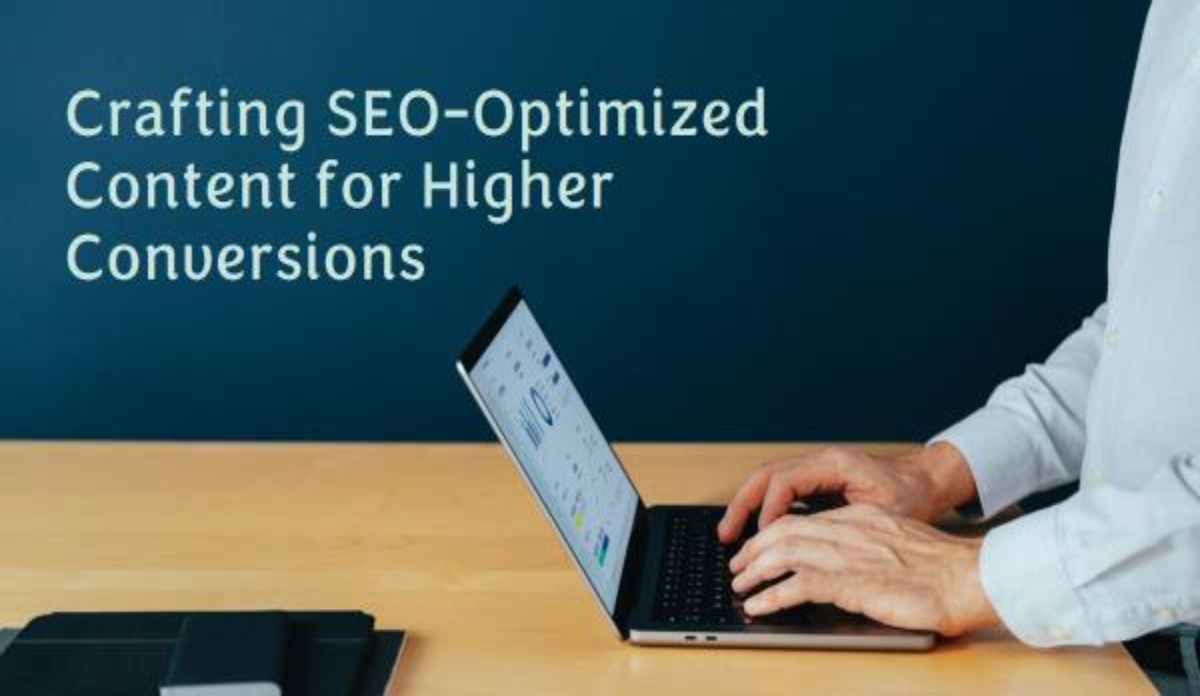In this digital age, a question arise on people’s mind how to optimize existing content for seo ? the answer will given in this article and what exactly is SEO-optimized content, and how can you write it in a way that captivates both search engines and human readers? Fear not, because in this blog post we will explore the secrets to creating compelling content that not only ranks high on search engine results pages but also achieves higher conversions. So buckle up and get ready to dive into the art of writing for humans with an SEO twist!
The Different Types of Content Writing
When it comes to content writing, there is no one-size-fits-all approach. Different types of content serve different purposes and cater to various audience needs. Let’s explore some of the key types of content writing:
1. Blog Posts: These are informative articles that provide valuable insights, tips, or opinions on a particular subject. They help establish thought leadership and engage readers with well-researched and engaging content.
2. Product Descriptions: Whether you’re selling physical products or digital services, compelling product descriptions are crucial for driving conversions. These concise yet persuasive pieces highlight the features, benefits, and unique selling points of your offerings.
3. Social Media Content: With billions of active users on social media platforms, crafting engaging posts is essential for brand visibility and customer engagement. From catchy captions to visually appealing images or videos, social media content needs to grab attention quickly in a fast-paced environment.
4. Landing Pages: Designed specifically for conversion optimization, landing pages have one primary goal – to convert visitors into leads or customers. Well-written landing page copy combines persuasive language with clear call-to-actions (CTAs) that drive action.
5. Case Studies/Testimonials: Nothing speaks louder than satisfied customers sharing their success stories through case studies or testimonials. This type of content builds trust by showcasing real-life examples of how your product or service has made a positive impact.
6. Content Marketing Guides/Ebooks: Offering in-depth knowledge on specific topics within your niche can position you as an authority figure while attracting organic traffic through SEO efforts.
What is SEO-Optimized Content?
SEO-Optimized Content refers to content that is specifically crafted and optimized to rank higher in search engine results pages (SERPs). It involves incorporating relevant keywords, improving readability, and creating valuable information for users.
To create SEO-optimized content, it is important to conduct thorough keyword research to identify the terms and phrases that your target audience is searching for. These keywords should be strategically placed throughout your content, including in headlines, subheadings, meta descriptions, and image alt tags.
In addition to using keywords effectively, it is crucial to focus on creating high-quality content that provides value to readers. This can be achieved by addressing their pain points or answering their questions. By providing useful information and engaging with your audience through insightful blog posts or articles, you can establish yourself as an authority in your industry.
Furthermore, optimizing the structure of your content can also improve its SEO performance. Using clear headings and subheadings helps both users and search engines understand the organization of your content. Additionally, breaking up paragraphs into smaller chunks makes it easier for readers to digest the information.
By following these guidelines and consistently producing high-quality SEO-optimized content that resonates with your target audience’s needs and interests,you can increase organic traffic to your website,resulting in higher conversions rates.
how to optimize existing content for seo
When it comes to SEO-optimized an existing content, there are a few key strategies you should keep in mind. First and foremost, remember that your primary audience is human readers. While it’s important to incorporate relevant keywords for search engine rankings, the ultimate goal is to engage and connect with your target audience. her will explain how to optimize existing content for seo.
Start by conducting keyword research to identify the most relevant and high-performing keywords for your topic. This will help guide your content creation process and ensure that you’re targeting the right terms.
Next, focus on creating valuable and informative content that answers your audience’s questions or solves their problems. Make sure to use headings, bullet points, and other formatting techniques to make your content scannable and easy to read.
Remember to optimize your meta tags, including title tags and meta descriptions, as these play a crucial role in search engine rankings. Incorporate keywords naturally throughout your content but avoid overstuffing them – aim for a keyword density of around 1-2%.
Don’t forget about internal linking within your website – this helps search engines understand the structure of your site while also providing additional resources for readers.
By following these tips and crafting SEO-optimized content that puts humans first while still appeasing search engines‘ algorithms,you can create compelling articles that drive higher conversions.
Tips how to optimize existing content for seo

When it comes to SEO-optimized an exiting content, there are several tips and strategies you can follow to ensure your content ranks higher in search engine results and attracts more organic traffic. Here are some key tips to keep in mind:
1. Keyword Research: Before you start writing, conduct thorough keyword research to identify relevant keywords that have high search volume and low competition. Incorporate these keywords naturally throughout your content.
2. Quality Content: Focus on creating high-quality, informative content that provides value to your audience. Avoid keyword stuffing or using fluff just for the sake of including keywords.
3. Meta Tags: Optimize your meta tags, including the title tag and meta description, by incorporating relevant keywords and enticing users to click through.
4. Headings and Subheadings: Use headings (H1) and subheadings (H2-H6) strategically in your content to break up the text and make it easier for readers (and search engines) to navigate.
5. Internal Linking: Include internal links within your content to direct users to other relevant pages on your website. This helps improve user experience as well as boosts SEO.
6. Mobile-Friendly Formatting: Ensure that your content is mobile-friendly by using responsive design principles, optimizing page load speed, and providing a seamless browsing experience across devices.
7. Social Media Sharing Buttons: Make it easy for readers to share your content on social media platforms by including social sharing buttons at the end of each post or page.
By following these tips, you’ll be able to create SEO-optimized content that not only ranks higher but also engages readers and drives higher conversions.
Examples of SEO-Optimized Content
When it comes to creating SEO-optimized content, examples can be incredibly helpful in understanding how to implement effective strategies. Let’s take a look at some real-life examples of how to optimize existing content for seo a content that have led to higher conversions.
One example is an e-commerce website that sells organic skincare products. They create blog posts centered around topics like “The Benefits of Natural Ingredients for Healthy Skin” and “How to Establish a Skincare Routine That Works.” These articles not only provide valuable information but also incorporate relevant keywords and internal links, boosting their search engine rankings.
Another example is a travel agency that specializes in adventure tours. They optimize their website by creating destination-specific landing pages with detailed information about each location. By utilizing long-tail keywords such as “best hiking trails in Patagonia” or “rafting adventures in Costa Rica,” they attract qualified traffic and increase the chances of converting visitors into customers.
A third example is a financial consulting firm that offers services for small businesses. They produce informative videos on topics like tax planning tips or budgeting strategies for entrepreneurs. By optimizing these videos with keyword-rich titles, descriptions, and tags, they improve their visibility on platforms like YouTube and attract more potential clients who are actively seeking financial advice.
These examples demonstrate how strategic optimization techniques can enhance the visibility and effectiveness of your content, ultimately leading to higher conversions. By crafting engaging and informative pieces while incorporating relevant keywords naturally throughout your content, you can successfully drive organic traffic and convert those visitors into loyal customers without compromising quality or readability.
Conclusion
Crafting SEO-optimized content is a crucial skill for any content writer or marketer looking to drive higher conversions. By understanding the different types of content writing and implementing effective SEO strategies, you can create compelling content that not only ranks well in search engines but also resonates with your target audience.
Remember, the key to successful SEO-optimized content lies in finding the balance between search engine visibility and human engagement. Focus on providing valuable information, using relevant keywords naturally, and optimizing your content structure for better readability.
Additionally, don’t forget to regularly update and optimize your existing content for improved SEO performance. Conduct keyword research, analyze user intent, and make necessary adjustments to ensure your articles are up-to-date and aligned with current search trends.
By following these tips for writing SEO-optimized content consistently, you can enhance your website’s visibility in search results while delivering an exceptional user experience. So start implementing these strategies today and watch as your conversion rates soar!







